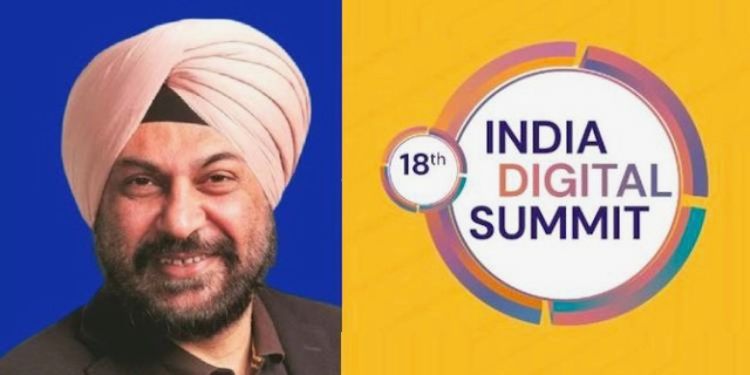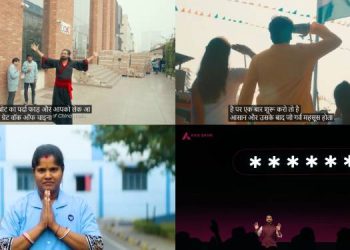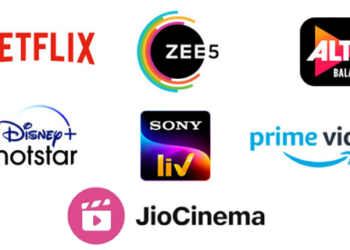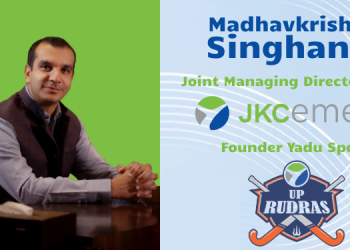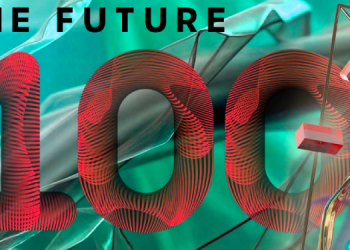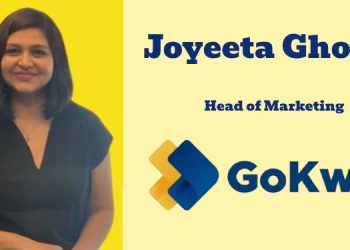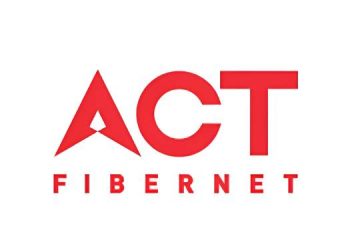Mumbai: Spotify launched in the country in 2019. Over the years it has looked to build a model in a market that is price sensitive. It has focussed on every aspect of localisation.
Speaking at the India Digital Summit organised by IAMAI Amarjit Singh Batra, GM- SAMEA (South Asia, Middle East, Africa) & MD, Spotify India said that when the company launched it focussed on every aspect of localisation. India was the 79th market that it launched in globally and so there was a product advantage. The aim from the outset was to be here for the long term. “The product is completely localised. India has many languages. We realised that from UI to content everything had to be curated. Today we have over 600 playlists. 25-30 are flagship playlists.”
Another focus for the company is to build awareness among artists and consumers. Spotify had to launch basic education programmes for artistes. “Many events including virtual ones are done. Masterclasses are exciting. Artistes are told how they can be successful through the use of data. They are also guided on how they can collaborate with other artistes.” Artiste contact programmes are important. They go through progression and become bigger stars. He noted that the paucity of new film music has helped. Singers get noticed fast and become successful fast compared to the past. “We have been a catalyst in the growth. We want indie pop music to become very popular. That is a goal.”
The next important step for Spotify to grow in the country was consumer awareness. Actor Anil Kapoor was used early on in Spotify’s journey in the country. Localised marketing was done. In subsequent years great actors were used. The message was to show how music can change one’s life. What has helped is that there has been a shift. Earlier artistes would use a music video to release a new song. Now audio is used. “After Covid we saw that people would release music fast. People were video first earlier. Now it is audio first.” Spotify he noted has many partnerships with TV, mobile devices. The bigger shift according to him is that earlier India wasn’t artist first. It was about playback singing. That has changed. Another change was that when Spotify launched 80 per cent of listenership was for international music while local music accounted for the balance. Now the situation has reversed.
Initially Spotify looked at the top four to five languages. These included Hindi, Tamil, Telugu, Punjabi. Then it grew to more languages. “Malayalam is growing very fast.”
He pointed out that the company has created market segments and has focussed on all genres like hip hop, classical music. “We have created genres like hip hop. Earlier people would just say that they listen to happy songs, love songs, sad songs. But there is deeper music now. People who are true music fans come to Spotify.” But he also added that the challenge in building a subscription service is that people follow previous habits. They are used to free music. The challenge is that people don’t value music enough. “You need to have the value of music in life.” He noted that there needs to be more appreciation of artistes even during concert events. “Someone has to do the hard job. It has been entrusted to us.”
Moving forward one key focus area for Spotify is to have Indian artistes be popular around the world beyond the diaspora. Now if one goes to markets like the US, UK it is mainly the Indian diaspora that listens to Indian artistes. He wants to change this situation so that even locals recognise Indian music and artistes. That is what K-Pop has managed to do.
Spotify’s focus in India is to get people to listen to free music and then migrate them to the paid service. The strategy has to be calibrated. While some free features recently went pay the company did not see a great change in listenership numbers. “You need to have a good balance between paid and free.”

